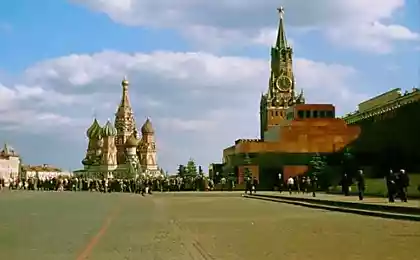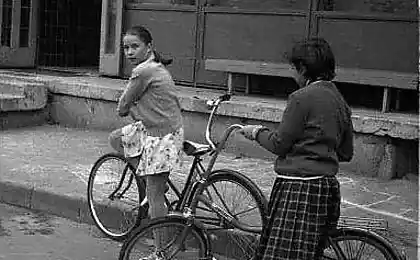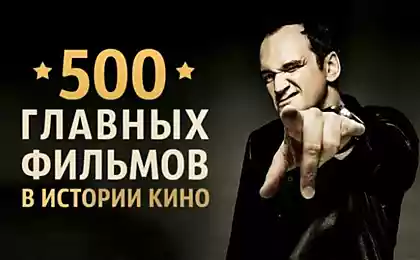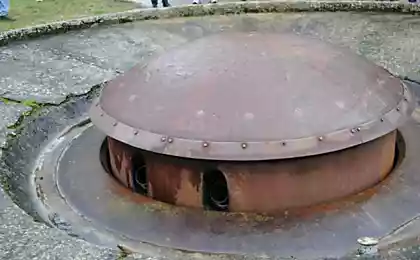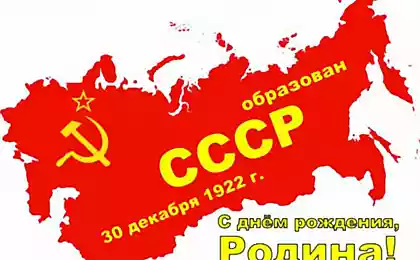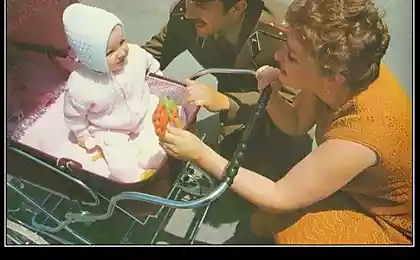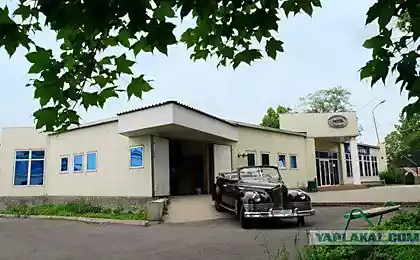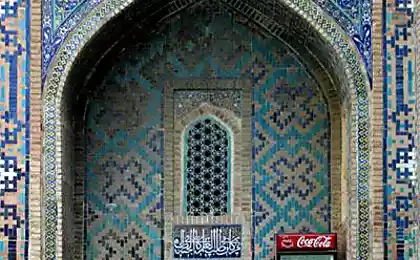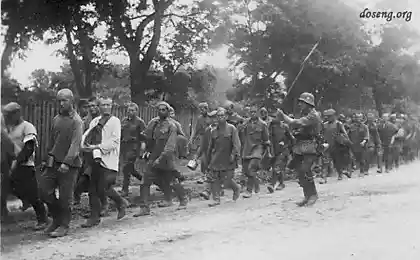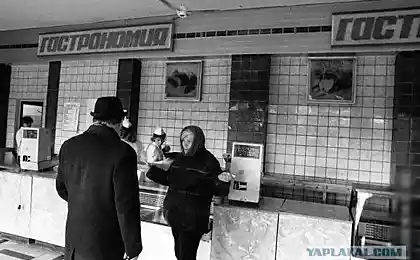1258
French tourists in Uzbekistan in 1956
French scholar, historian and member of the Communist Party of France Jacques Dupâquier in 1950-70-ies of three visits to the Soviet Union, visiting among other places the Uzbek SSR, it was in 1956. Later, in an interview with the director of the French Institute of Social Sciences Dyupake Jacques recalled their journey:
& quot; After a few days in Moscow we flew to Tashkent - the capital of Uzbekistan. We flew to the old propeller planes, does not rise above 3200 meters and I'm holding my breath for hours saw Soviet Central Asia. Tashkent was a big city with only a dirt avenue built on the Stalinist fashion in the middle of the city. However, ten years later it was destroyed (meaning earthquake in 1966 - ah). I've walked around the city, I saw the market where women were wrapped in blankets, visited the mosque and met with government officials, each was accompanied by a Russian. It seemed that look after them more than us. (...)
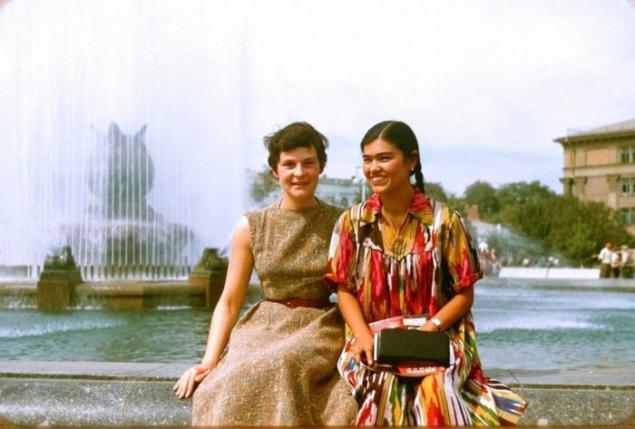
(...) When the flight from Moscow to Tashkent, I made a bunch of photos through the window. At some point, we flew over the concentration camps and the stewardess came out to say that photography is prohibited. She then returned to Coakley, and I continued to shoot, interpreter or someone else did not let me.
(...) I saw the "virgin land" - an ambitious but poorly implemented project. All these young Komsomol members camped in the desert. There have been huge field where the machine is running, but there were no hangars, grain, like in the Middle Ages, it was stored in pits. There was no protection from the elements and rodents. Seeing this, I realized why the project failed.
(...) I saw were picking cotton in the fields. Users work with your hands, do not have these machines that always flashed on the frame of the Soviet news agencies.
(...) The Uzbeks were lovely. Uzbekistan to create the impression of peace and tranquility, which are likely to disappear in a few years & quot ;.

(...) When the flight from Moscow to Tashkent, I made a bunch of photos through the window. At some point, we flew over the concentration camps and the stewardess came out to say that photography is prohibited. She then returned to Coakley, and I continued to shoot, interpreter or someone else did not let me.
(...) I saw the "virgin land" - an ambitious but poorly implemented project. All these young Komsomol members camped in the desert. There have been huge field where the machine is running, but there were no hangars, grain, like in the Middle Ages, it was stored in pits. There was no protection from the elements and rodents. Seeing this, I realized why the project failed.
(...) I saw were picking cotton in the fields. Users work with your hands, do not have these machines that always flashed on the frame of the Soviet news agencies.
(...) The Uzbeks were lovely. Uzbekistan to create the impression of peace and tranquility, which are likely to disappear in a few years, & quot;. & Quot; / & gt;
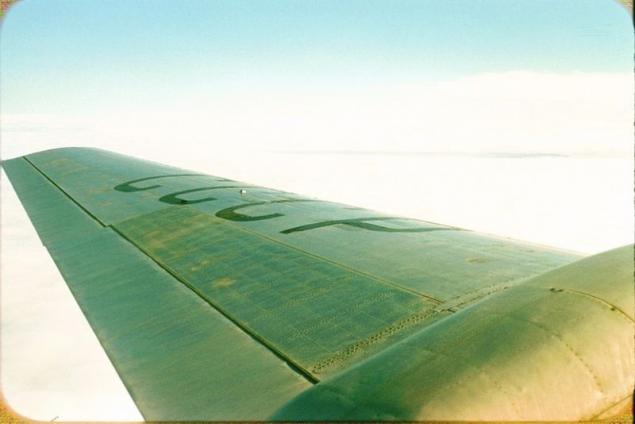
1. Sea of clouds over the Volga.
2. The steppes north of the Aral Sea.
3. The steppes north of the Aral Sea.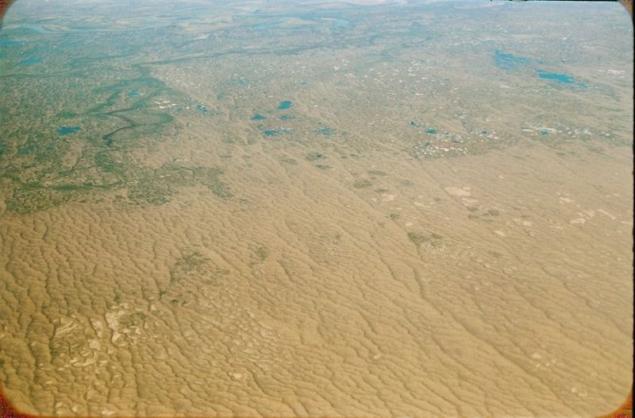
4. Central Asian desert.
5. Central Asian desert.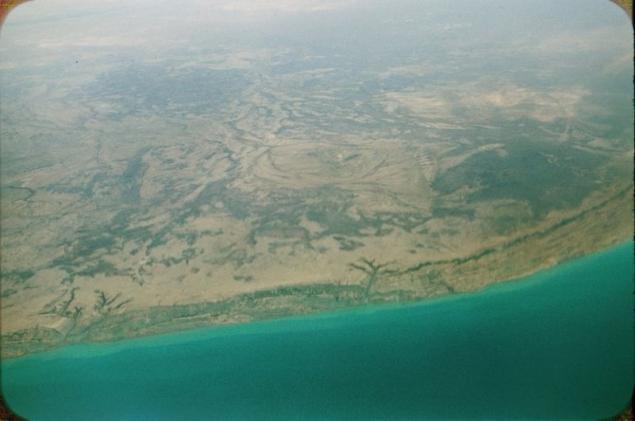
6. The banks of the Aral Sea.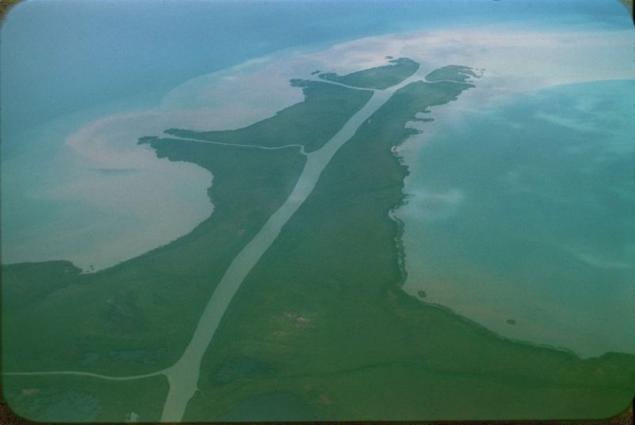
7. Place the confluence of the Syr Darya into the Aral Sea.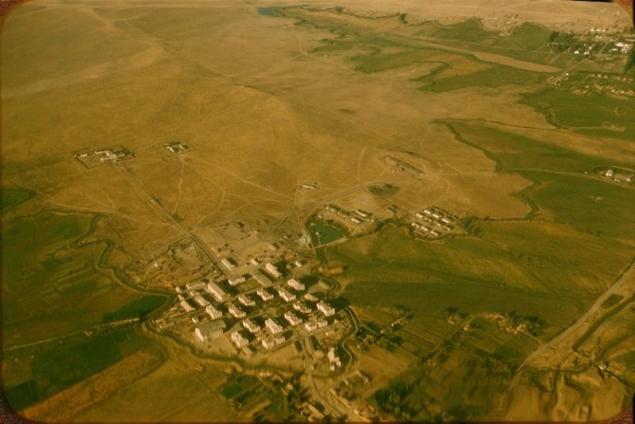
8. At the edge of the desert (a concentration camp?) 89,615,232
9. Tashkent - general view.
10. Tashkent - general view.
11. Tashkent - airfield.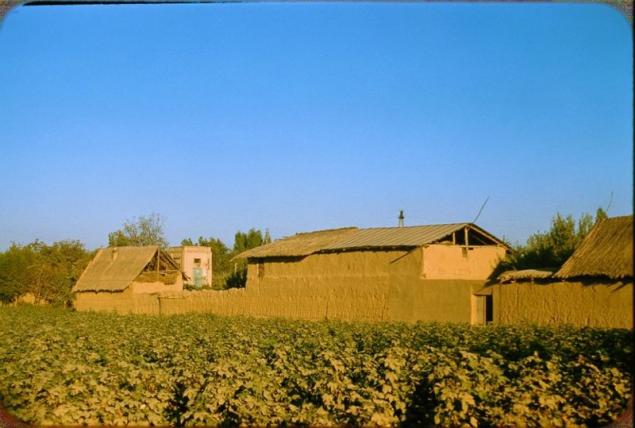
12. Buildings in the Central Asian countryside.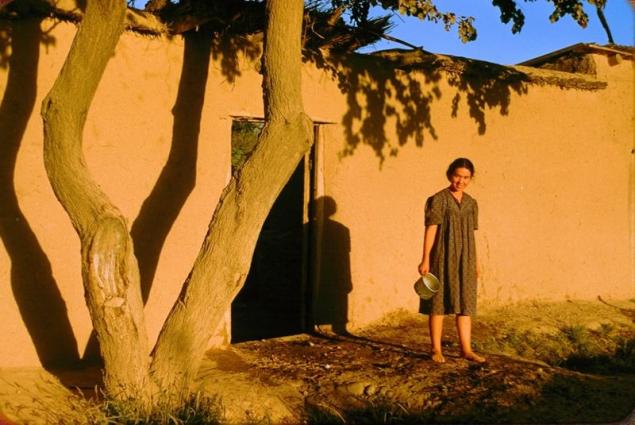
13. Peasant house near Tashkent.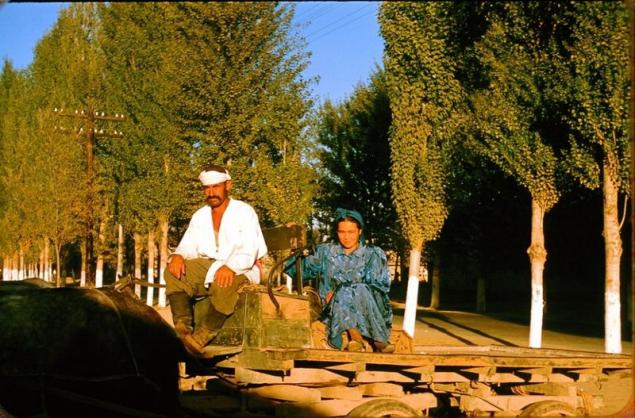
14. Home from work.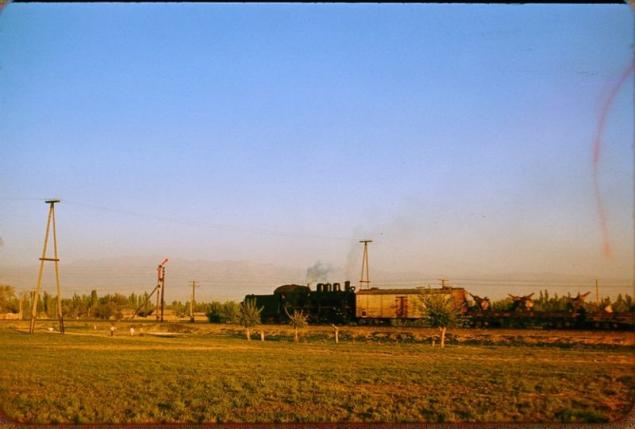
15. The train near Tashkent.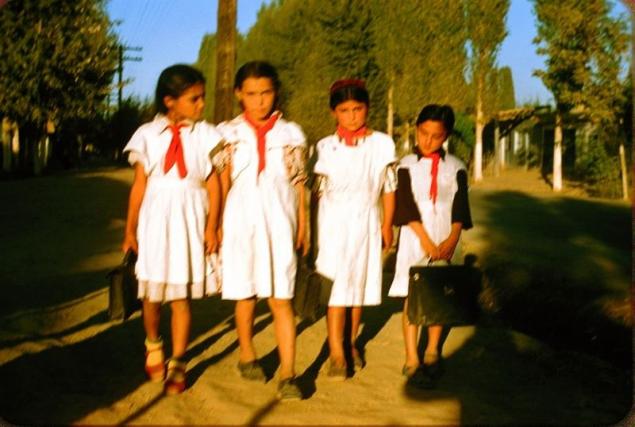
16. Schoolgirls-Turkmen near Tashkent.
17. Lucille and beautiful Uzbek.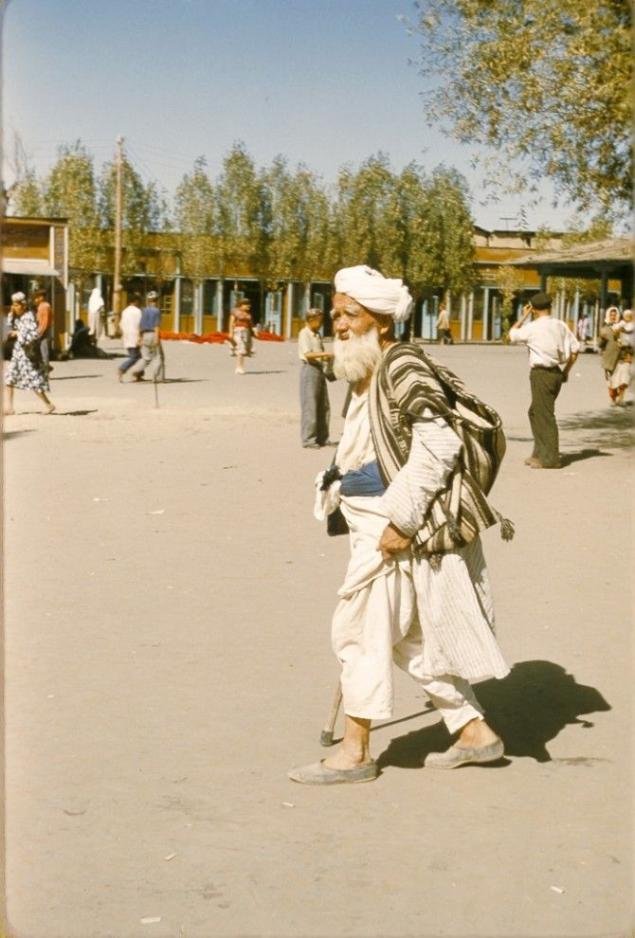
18. The old shepherd in the Tashkent market.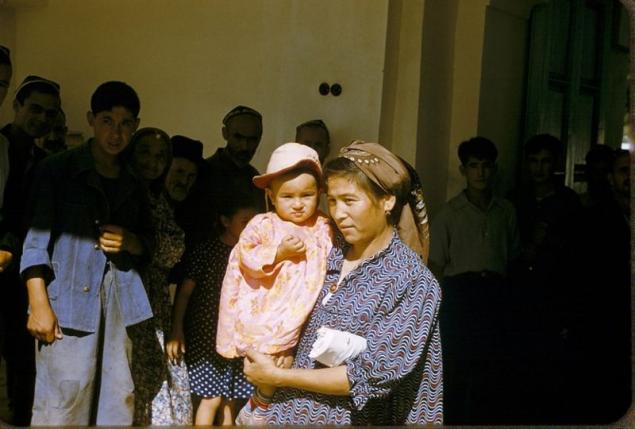
19. A woman with her child in front of a mosque.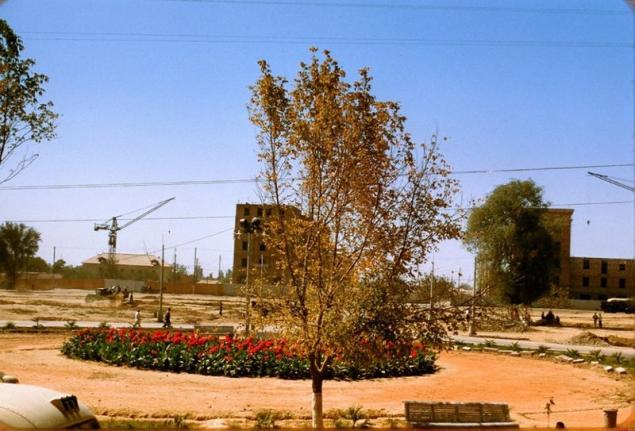
20. Buildings.
21. View of the old city from the stadium.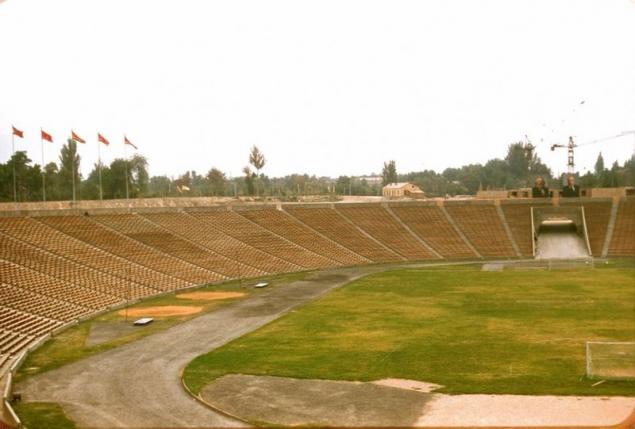
22. Stadium.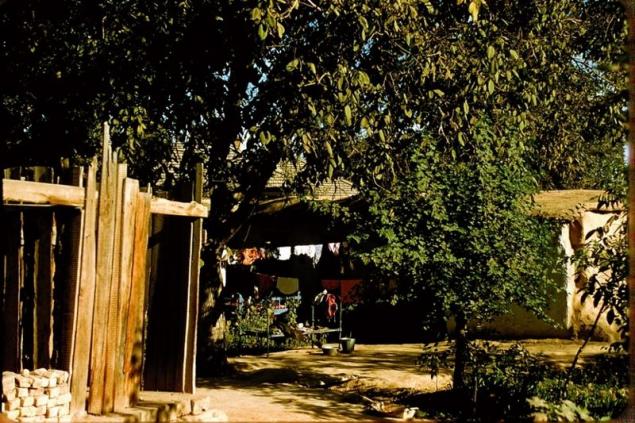
23. In the back yard.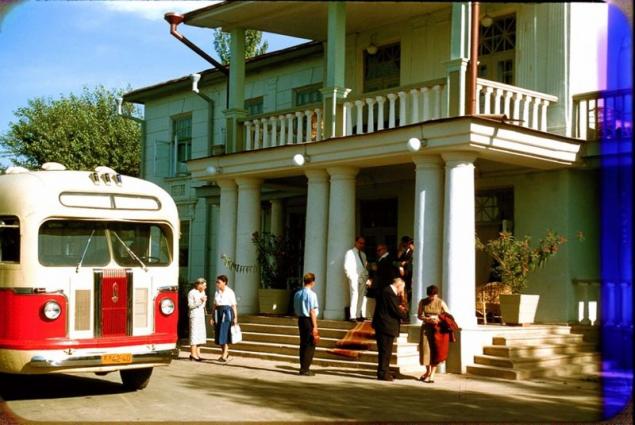
24. Holiday.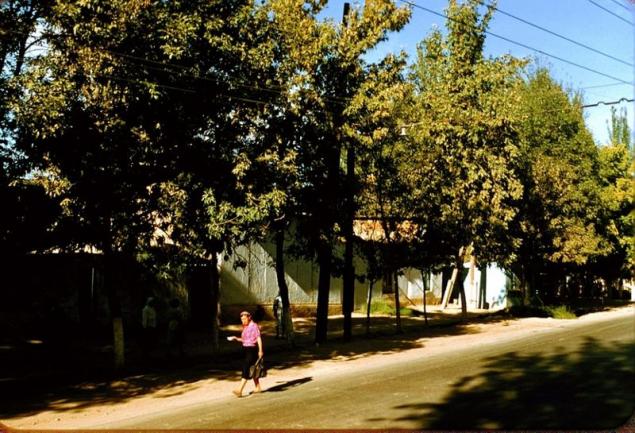
25. One of the streets of Tashkent.
26. One of the streets of Tashkent.
27. View from the Pedagogical Institute.
28. The central channel.
29. The central channel.
30. Prayer at the mosque.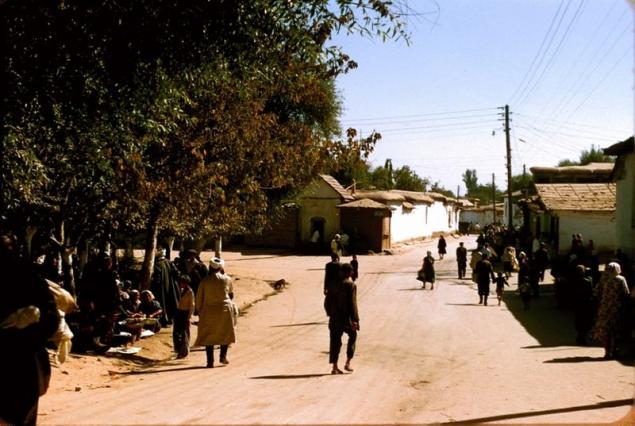
31. The front of the mosque.
32. Gardens Plant named after Stalin.
33. Gardens Plant named after Stalin.
34. Around the market.
35. At the kolkhoz market.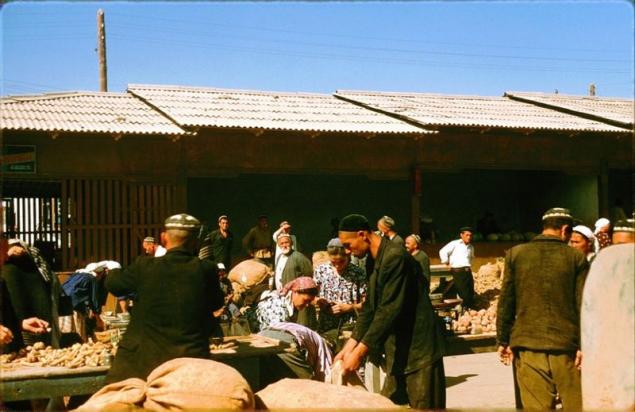
36. At the kolkhoz market.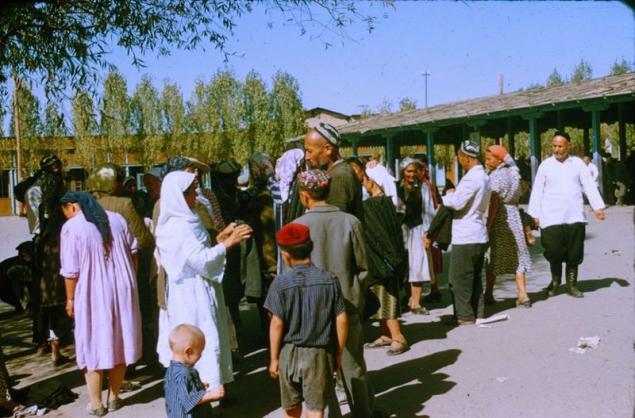
37. In the market.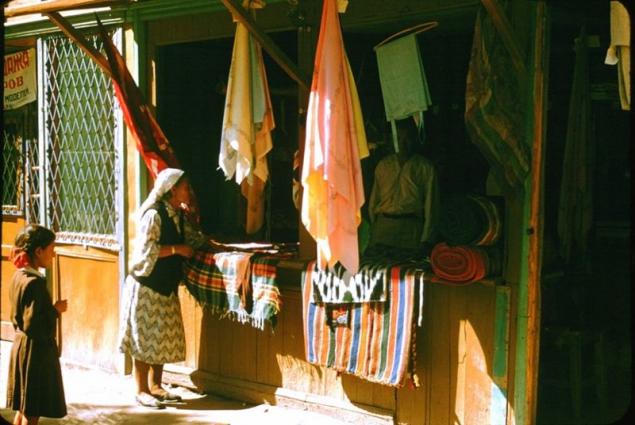
38. In the market.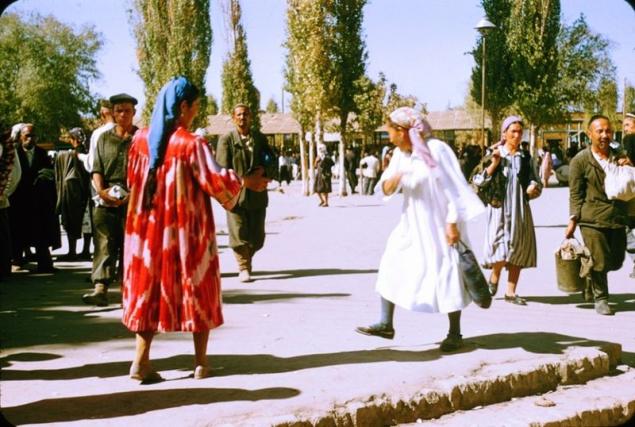
39. In the market.
40. Stalin Collective Farm near Tashkent.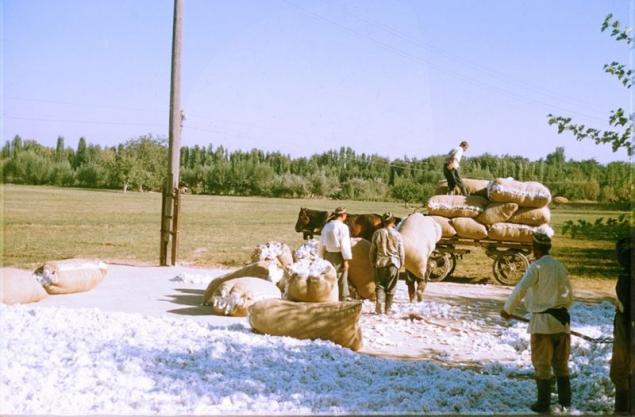
41. Packing cotton bag in the Stalin Collective Farm near Tashkent.
42. Young women collective farmers on the farm named after Stalin.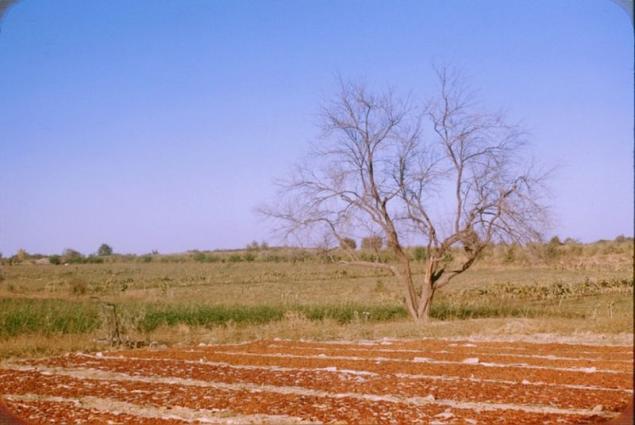
43. Drying grapes on the farm.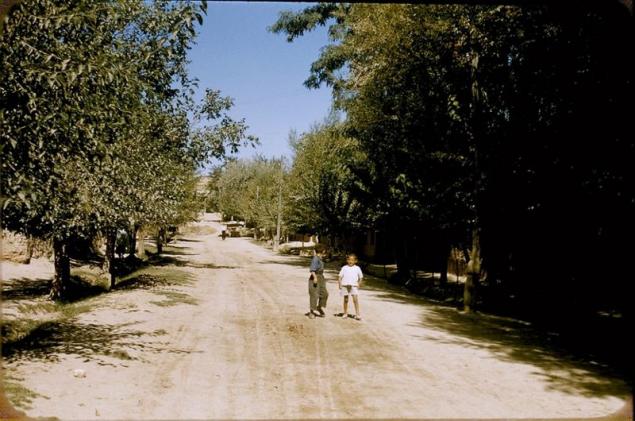
44. Kolhoznaya street.
45. House of the Collective Farmer.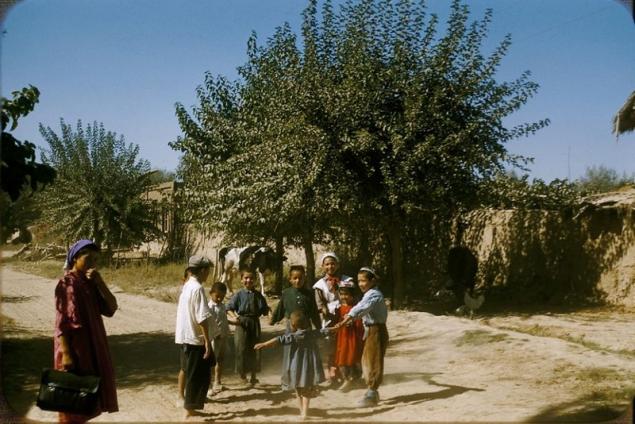
46. Children in the collective farm named after Stalin.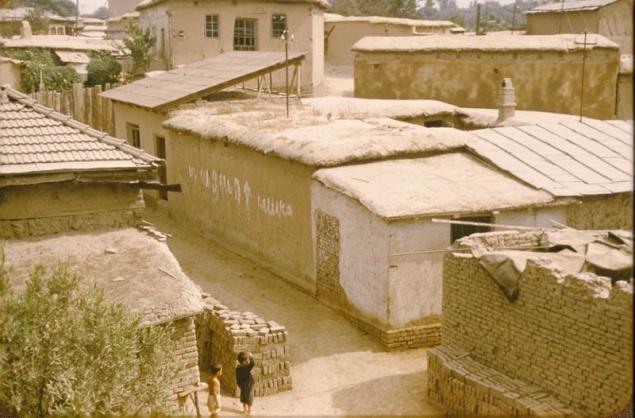
47. Old street.
via source
& quot; After a few days in Moscow we flew to Tashkent - the capital of Uzbekistan. We flew to the old propeller planes, does not rise above 3200 meters and I'm holding my breath for hours saw Soviet Central Asia. Tashkent was a big city with only a dirt avenue built on the Stalinist fashion in the middle of the city. However, ten years later it was destroyed (meaning earthquake in 1966 - ah). I've walked around the city, I saw the market where women were wrapped in blankets, visited the mosque and met with government officials, each was accompanied by a Russian. It seemed that look after them more than us. (...)

(...) When the flight from Moscow to Tashkent, I made a bunch of photos through the window. At some point, we flew over the concentration camps and the stewardess came out to say that photography is prohibited. She then returned to Coakley, and I continued to shoot, interpreter or someone else did not let me.
(...) I saw the "virgin land" - an ambitious but poorly implemented project. All these young Komsomol members camped in the desert. There have been huge field where the machine is running, but there were no hangars, grain, like in the Middle Ages, it was stored in pits. There was no protection from the elements and rodents. Seeing this, I realized why the project failed.
(...) I saw were picking cotton in the fields. Users work with your hands, do not have these machines that always flashed on the frame of the Soviet news agencies.
(...) The Uzbeks were lovely. Uzbekistan to create the impression of peace and tranquility, which are likely to disappear in a few years & quot ;.

(...) When the flight from Moscow to Tashkent, I made a bunch of photos through the window. At some point, we flew over the concentration camps and the stewardess came out to say that photography is prohibited. She then returned to Coakley, and I continued to shoot, interpreter or someone else did not let me.
(...) I saw the "virgin land" - an ambitious but poorly implemented project. All these young Komsomol members camped in the desert. There have been huge field where the machine is running, but there were no hangars, grain, like in the Middle Ages, it was stored in pits. There was no protection from the elements and rodents. Seeing this, I realized why the project failed.
(...) I saw were picking cotton in the fields. Users work with your hands, do not have these machines that always flashed on the frame of the Soviet news agencies.
(...) The Uzbeks were lovely. Uzbekistan to create the impression of peace and tranquility, which are likely to disappear in a few years, & quot;. & Quot; / & gt;

1. Sea of clouds over the Volga.

2. The steppes north of the Aral Sea.

3. The steppes north of the Aral Sea.

4. Central Asian desert.

5. Central Asian desert.

6. The banks of the Aral Sea.

7. Place the confluence of the Syr Darya into the Aral Sea.

8. At the edge of the desert (a concentration camp?) 89,615,232
9. Tashkent - general view.

10. Tashkent - general view.

11. Tashkent - airfield.

12. Buildings in the Central Asian countryside.

13. Peasant house near Tashkent.

14. Home from work.

15. The train near Tashkent.

16. Schoolgirls-Turkmen near Tashkent.

17. Lucille and beautiful Uzbek.

18. The old shepherd in the Tashkent market.

19. A woman with her child in front of a mosque.

20. Buildings.

21. View of the old city from the stadium.

22. Stadium.

23. In the back yard.

24. Holiday.

25. One of the streets of Tashkent.

26. One of the streets of Tashkent.

27. View from the Pedagogical Institute.

28. The central channel.

29. The central channel.

30. Prayer at the mosque.

31. The front of the mosque.

32. Gardens Plant named after Stalin.

33. Gardens Plant named after Stalin.

34. Around the market.

35. At the kolkhoz market.

36. At the kolkhoz market.

37. In the market.

38. In the market.

39. In the market.

40. Stalin Collective Farm near Tashkent.

41. Packing cotton bag in the Stalin Collective Farm near Tashkent.

42. Young women collective farmers on the farm named after Stalin.

43. Drying grapes on the farm.

44. Kolhoznaya street.

45. House of the Collective Farmer.

46. Children in the collective farm named after Stalin.

47. Old street.
via source

